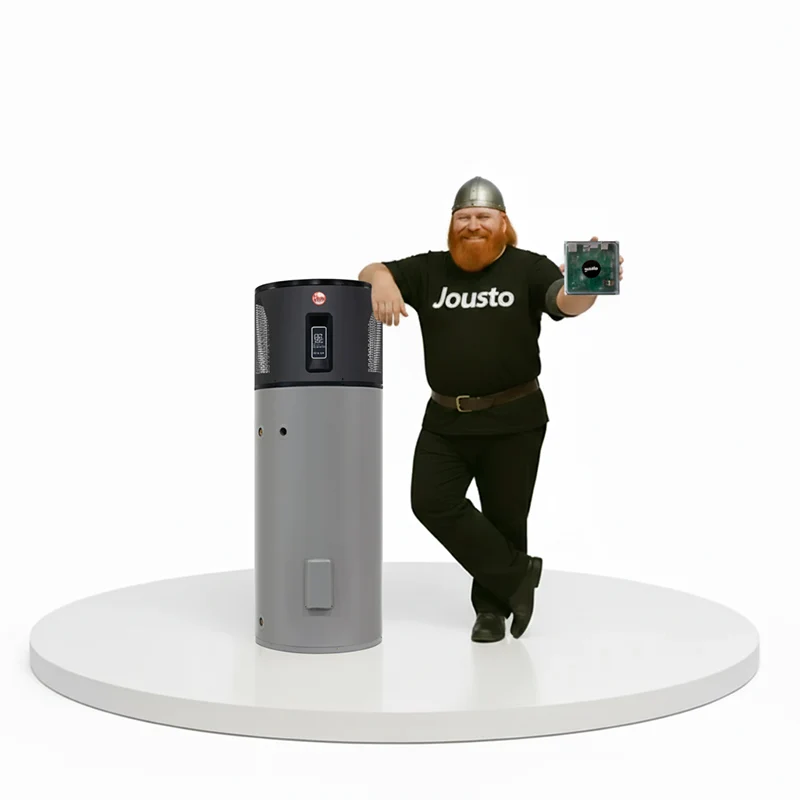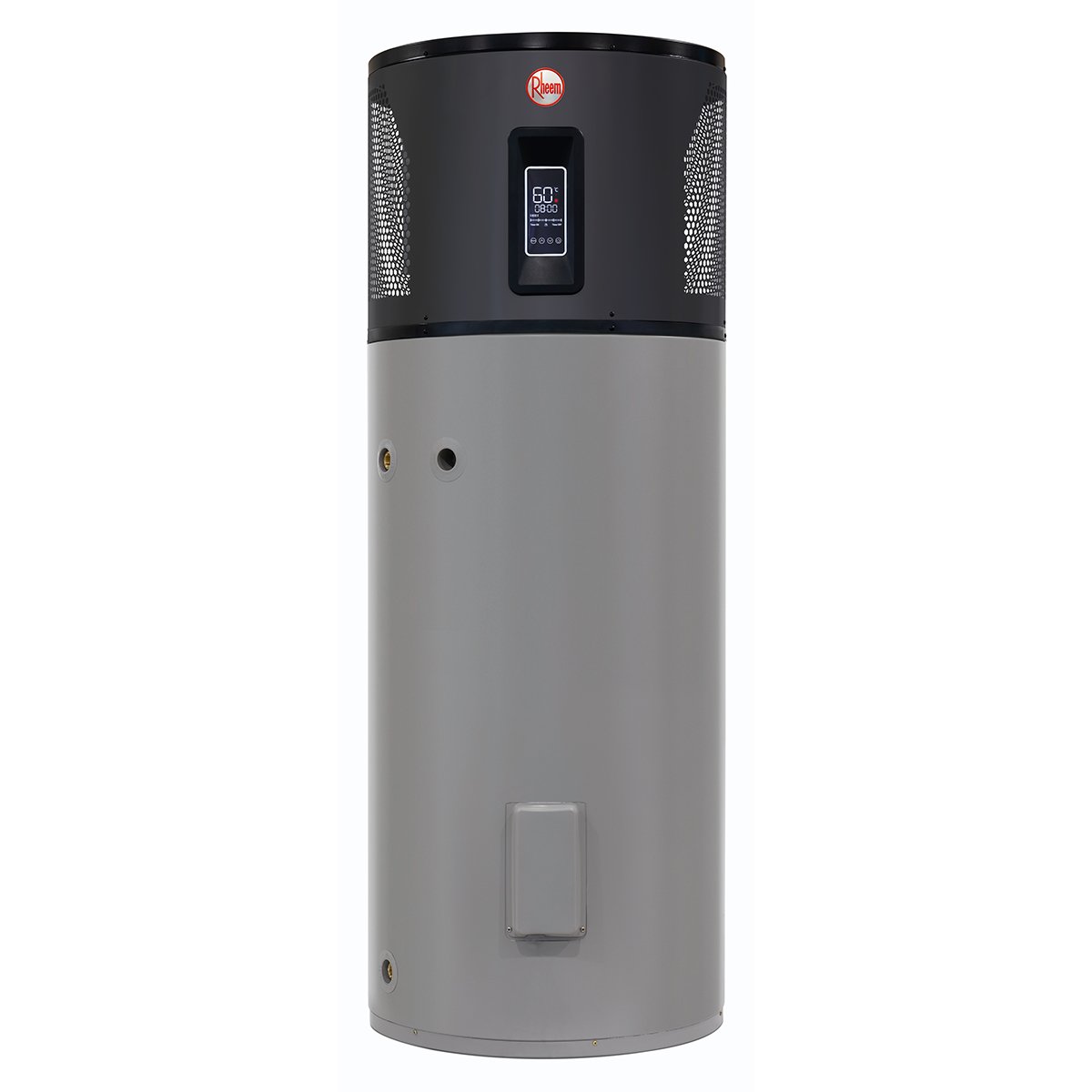
Rheem Ambiheat 180L
- Great for small to medium households (1–3 people)
- Efficient inverter compressor for low running costs
- Quiet operation & smart defrost
- Ideal replacement for electric storage units
Answer a 60-second survey to see your tailored price. We’ll email the estimate instantly and a Qualified Solar PV Design Engineer verifies photos for a 100% accurate formal quote.





Heat pumps use a fraction of the energy of old electric storage systems. Add solar for even bigger savings.
We partner with local installers across Australia—big-business buying power, local service.
Your formal quote is checked by a Qualified Solar PV Design Engineer for 100% accuracy—no bill shock.
Smart schedules and automation to heat your tank when power is cheapest or when your solar is exporting.
Survey
Tell us your address & hot water needs.
Instant estimate
See pricing on-page + email/SMS.
Formal quote
Upload photos for 100% engineer-verified pricing.
Book install
Lock in a date—rebates and paperwork handled.

© Copyright 2025.Honen Lead Generation.
All Rights Reserved.
Phone: 0489 261 333
185 Morphett St, Adelaide, SA, 5000